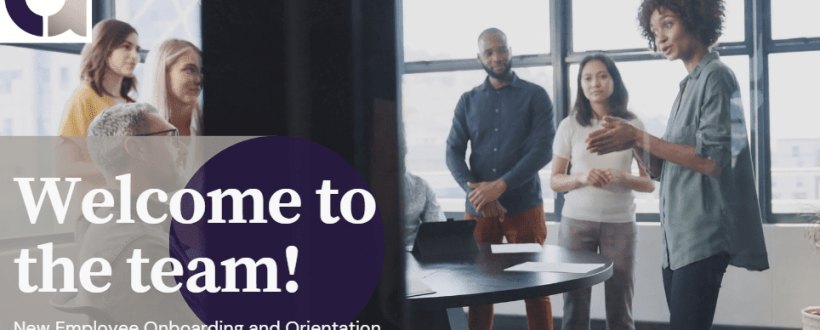Dos:
1. Active Listening:
- Pay close attention to what others are saying. This shows respect for your colleagues and helps you grasp the context of the conversation.
2. Ask Questions:
- Don’t be afraid to seek clarification if you’re unsure about something. Asking questions demonstrates your eagerness to learn and contribute.
3. Share Your Perspective:
- When relevant, offer your insights and ideas. Your unique viewpoint as a new hire can bring fresh perspectives to the table.
4. Use Positive Language:
- Maintain a positive tone and be mindful of your language. Constructive and optimistic contributions are always appreciated.
5. Prepare and Stay Informed:
- Familiarize yourself with the meeting agenda and come prepared. Being well-informed about the topics under discussion enhances your credibility.
Don’ts:
1. Dominate the Conversation:
- While it’s great to share your thoughts, avoid dominating the discussion. Give others the opportunity to speak and contribute.
2. Criticize Without Solutions:
- If you have concerns or criticisms, it’s fine to voice them, but always try to propose constructive solutions or alternatives.
3. Use Jargon Unnecessarily:
- Avoid using industry jargon or acronyms excessively, especially if you’re not sure everyone understands them. Clear and straightforward language is preferable.
4. Interrupt Others:
- Interrupting others is disrespectful and disrupts the flow of the meeting. Wait for an appropriate pause before adding your input.
5. Bring Up Irrelevant Topics:
- Stay on-topic. Avoid veering into unrelated subjects that can sidetrack the meeting and waste valuable time.
Additional Tips:
1. Observe Company Culture:
- Take note of the company culture during meetings. Some organizations encourage open dialogue, while others may prefer a more structured approach. Adapt accordingly.
2. Build Relationships:
- Use meetings as opportunities to build relationships with your colleagues. Engage in small talk before or after the meeting to establish connections.
3. Follow Up:
- After the meeting, follow up on any action items or commitments you made. This demonstrates your responsibility and reliability.
4. Learn from Others:
- Pay attention to how experienced colleagues navigate meetings. You can learn a lot by observing their behavior and communication style.
Conclusion:
Office meetings as a new hire don’t have to be daunting. By actively listening, asking questions, sharing your perspective, and following these dos and don’ts, you can make a positive impact and integrate smoothly into your new team. Remember, every meeting is an opportunity to learn, contribute, and showcase your potential as a valuable member of the organization. Embrace the experience, and you’ll find yourself becoming an indispensable part of the team in no time.







